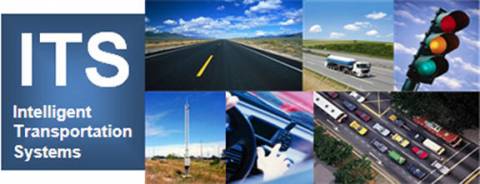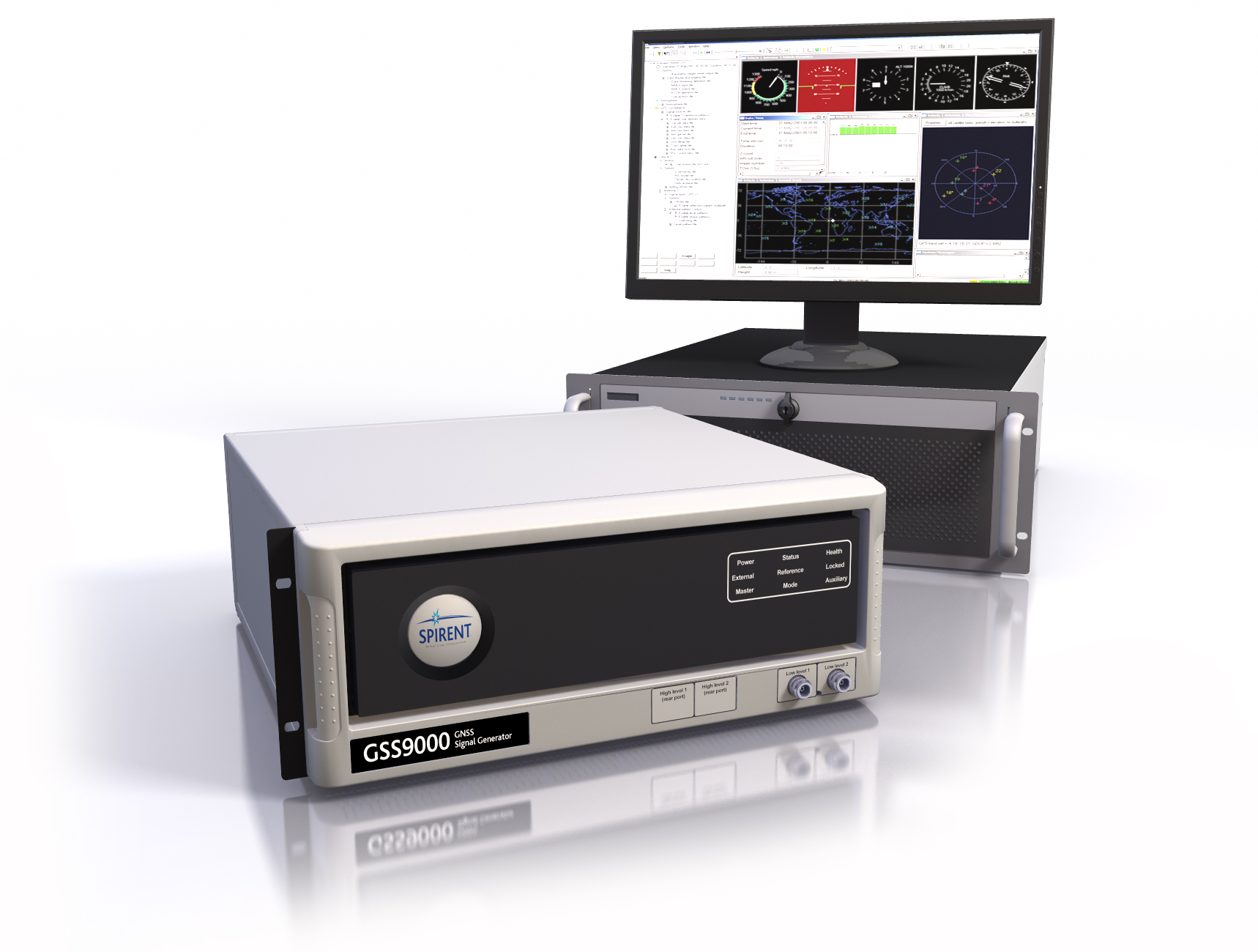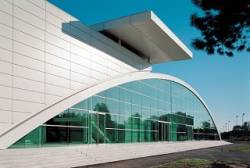Some 15 years ago, Bob Denaro predicted the disappearance of GPS into its various applications.
That prediction by the former Trimble/Motorola/Navteq executive has largely been validated. Although GPS has survived in the popular consciousness as a global brand, connoting an almost magical source of location and tracking, general recognition and understanding of GNSS as a core technology within products and services has, indeed, remained murky.
Some 15 years ago, Bob Denaro predicted the disappearance of GPS into its various applications.
That prediction by the former Trimble/Motorola/Navteq executive has largely been validated. Although GPS has survived in the popular consciousness as a global brand, connoting an almost magical source of location and tracking, general recognition and understanding of GNSS as a core technology within products and services has, indeed, remained murky.
In the world of intelligent transportation systems (ITS), however, the problem is reversed. Twenty years after the first car navigation systems sought to draw on the potential of satellite navigation, GNSS is still struggling to inform and expand awareness of itself within the ITS community — to become, as it were, visible in the application.
Last week’s 2015 ITS World Congress, held in Bordeaux, France, may have advanced the cause.
Probably for the first time in this large annual event, GNSS — particularly European GNSS (E-GNSS), Galileo and EGNOS, Europe’s satellite-based augmentation system (SBAS) — served as a “pillar” of the Congress’s program, according to François Peyret, a senior researcher at the French Institute of Science and Technology for Transport, Development, and Networks (IFSTTAR).
Among general exhibitors, however, GNSS was overtly represented by a few companies particularly active in the automotive sector, such as u-blox and STMicroelectronics. Otherwise, attendees needed to delve deeper into products and services to find the GNSS technology.
“Generally, GNSS issues are not addressed that much in this congress,” Peyret told Inside GNSS, “and this year is an opportunity to improve this situation.”
Peyret chaired a “Space & ITS” working group in charge of coordinating the space aspects of this year’s ITS World Congress. These included special interest sessions dedicated to the use of space technologies, particularly GNSS, as well as a GNSS services and performance standards workshop.
The presence of GNSS was further hard-wired into the event by the European GNSS Agency (GSA) and JUPITER (the Joint EUropean Project for International ITS/EGNSS awareness Raising), which organized a “European GNSS Village” in the exhibition hall populated by a couple dozen small- and medium-sized companies working in the field. Among presentations of particular interest in the “village” were the FOSTER-ITS and DETECTOR initiatives.
FOSTER-ITS is developing a secured GNSS receiver for ITS applications, designed and developed by FDC, a Paris-based consultancy, and STM. Germany’s NavCert is overseeing a certification process for the receiver and Novacom is providing the integration and testing. DETECTOR is a joint effort by Nottingham Scientific Ltd. and Spirent Communications that has created a software GNSS receiver/hardware simulator combination the detects, characterizes, and provides scenario replays of real-world GNSS jamming and interference.
Elsewhere, Thales and Aquitaine Electronique heralded their DisPose GNSS Remote Positioning demonstrator to provide signal authentication without the need for — and constraints of — an encrypted receiver. DisPose breaks the GNSS receiving functions in two: ordinary GNSS-capable devices communicate with a dedicated service center where encrypted signal data communicated via GSM or Bluetooth is processed and a user’s location determined. A prototype is scheduled to be available in 2016 for testing in target applications such as unmanned air vehicles, tracking of people and assets, and military endeavors.
“Galileo is not a miracle that will be sure to solve all the problems of ITS,” says Peyret. “GNSS will not solve all the problems by itself.” Integration with other positioning sensors, such as inertial measurement units, laser ranging, and LIDAR, and software development will be needed to provide robust capabilities in all environments.
Nonethess, Alberto Fernández-Wyttenbach, a GSA market development officer, says, “The ITS community is expecting a lot from GNSS. Satellite navigation is driving the emergence of new ITS/automotive applications.”
He says that GNSS is a potential “gold mine,” and that E-GNSS leaders want to “explode the market” for GNSS applications.
Among these, Fernández-Wyttenbach says, are driverless cars and various “critical applications”:
· liability applications based on new policies leveraging GNSS (e.g., speed control, digital tacograph, accident reconstruction)
· payment applications (e.g., road tolling, congestion charging, pay-as-you-drive services)
· safety-critical applications leveraging precise and secure positioning to scenarios of potential harm to humans or damage to a system/environment (e.g., advanced driver assistance systems such as accident/hazard alerts, road curve/contour warning, lane-keeping and -changing).
Intent on Catching Up
Strategically, the 15-year-old Galileo program is lagging behind the other three GNSS programs in constructing its ground and space segment and, in turn, give manufacturers the confidence to include the system’s signals in GNSS receiver processing schemes. But European GNSS leaders hope to leapfrog — or at least pull even with — the other programs in the global marketplace. In large part, that task falls to the GSA, charged with promotion of E-GNSS programs,
In its efforts to catch up with the GNSS marketplace GSA is promoting the concept of E-GNSS “differentiators,” such as navigation message authentication (in effect, an antispoofing measure), regional integrity (confirmation of signal quality), and enhanced positioning accuracy from an encrypted Commercial Service signal similar to that offered regionally or globally for many years by private vendors. Several of these features remain conceptual in nature, pending a final decision by the European Commission and agreement with the European Space Agency (ESA) on when and how to implement them.
A common civil signal format with that of modernized GPS signal (L1C), an ambitious standardization effort (including for ITS applications), publicly subsidized initiatives for products and services, and the general additive value of additional satellite signals are among the other efforts to advance Europe’s GNSS prospects.
And, like Russia and China, which have overtly mandated carriage of, respectively, GLONASS- and BeiDou-capable equipment on board various types of transport, Europe has set guidelines for incorporating Galileo and EGNOS capabilities into regulated transportation services, such as electronic toll collection, E112 (emergency calls of mobile phone users, similar to the U.S. E911 mandate), and e-Call (in-vehicle communication and positioning technology for automatic 112 calls to bring emergency services in case of a vehicle accident). [Inside GNSS will feature an article on eCall in its November/December 2015 issue.]
Russia and China also have vigorous state-supported industry associations advocating for their national GNSSes. Europe has not only Galileo Services, an industry group that published a position paper last month entitled “Europe Must Succeed in the Global Navigation Market Race,” but a European Union (EU) agency, the GSA, operating within its executive branch, the European Commission (EC).
The Galileo Services paper stresses the need to urgently establish a European strategic plan to enhance Europe’s GNSS downstream industry’s competitiveness and to foster the uptake of Galileo and EGNOS with the objective of Europe winnin 33 percent of the global GNSS downstream market by 2025.
In contrast, U.S. advocates for GPS are less unified and focused on public policy. The GPS Innovation Alliance/U.S. GPS Industry Council comprises a handful of companies that has responded to a few specific controversies, such as LightSquared Inc.’s attempt to establish a terrestrial wireless broadband network in radio frequencies adjacent to the GPS L1 band.
Of course, having been fully operational for more than 20 years with large private R&D investments, a well-established GPS generally doesn’t need the kind of support that latter-day GNSS programs are receiving. But it could probably benefit from more attention in the ITS arena.
Europe public agencies are also more proactive in supporting core GNSS technology development, including in the ITS arena. For instance, Fernández-Wyttenbach says, “There is a risk that the chipset industry will not design dedicated products for autonomous and connected vehicles.”
To help remedy this risk, the GSA has issued calls for proposal for two ITS-related product developments:
· an E-GNSS engine for safety-critical multi-applications in road transportation
· an E-GNSS engine for liability- and payment -critical multi-applications in road transportation.
The GSA recently extended the deadline for submitting proposals for these projects until November 15.
GNSS standardization for ITS is another area in which Europe is pushing vigorously. This differs from the United States, which has generally relied on private industry and the marketplace to create products and services for — and, often, set de facto standards — as well as “technology-agnostic” approaches to any public safety–focused regulatory mandates, including E911.
Several European organizations — including the European Telecommunications Standards Institute (ETSI), the European Committee for Standardization (CEN), and the European Committee for Electrotechnical Standardization (CENELEC) — are well along in developing standards for ITS-focused positioning. Under the EC-funded SAGITER project, an ETSI satellite communications and navigation working group is nearing completion on a set of standards for GNSS-Based Location Systems (GBLS). And CEN/CENELEC is working on European Standard EN 16803 for use of GNSS-based positioning for road ITS.






